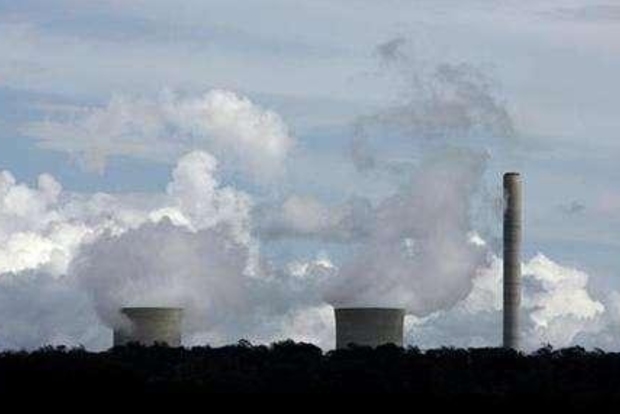Begin typing your search...
Is carbon capture a lifeline for oil and gas?
As the world gets serious about the 2050 climate neutrality target, technology deployment is speeding up. Amongst the emissions-reducing measures available today, the International Energy Agency (IEA) expects carbon capture, utilization, and storage (CCUS) to play critical roles.

Chennai
This 50-year old technology involves capturing carbon dioxide (CO2), which can be used to create products (utilization) or re-injected into the ground (storage), normally in depleted oil and gas fields. Opposition to this technology comes from environmental groups, which see CCUS as an instrument for the hydrocarbon industry to remain in business.
“Every chunk of money spent on artificially supporting the toxic technology of the past should instead be spent on an equitable transition to a brighter future,” Philip Wheeler, Network Developer at Food & Water Europe, told DW. “Polluters want to keep us all addicted to their destructive fuels, and CCS [carbon capture and storage] is a mask they use to disguise the continuing destruction.” CCUS technologies are therefore a politically sensitive topic.
“The current German government and political parties seem to agree it is better to avoid a CCS debate, at least prior to the federal election. For example, the new Climate Protection Act certainly does imply the use of CCS in industrial sectors like the cement industry, but it is not explicitly mentioned,” Oliver Geden, head of the EU/Europe Research Division at the German Institute for International and Security Affairs (SWP), commented.
Geden explained that there was currently no alternative to CCUS for near-zero cement production, adding that CCUS technologies could come in handy also in the steel and hydrogen sectors. Hydrogen from renewables could not be enough to create a market in the medium term, and hydrogen derived from gas (grey hydrogen) would need CCUS to be considered environmentally friendly.
Alongside the current focus on hydrogen, the CCUS momentum is now growing, after years of declining investments. “Currently, there are a total of 66 commercial CCS facilities in various stages of development globally. We expect that number to rise significantly in the next year,” said Jeff Erikson, general manager of Client Engagement at the Global CCS Institute.
While Japan’s showcase project on Hokkaido Island is a reference point, several other projects are about to start operations. Two pilot projects in the UK aim to create the world’s first net-zero industrial cluster by 2040. The world’s largest facility capturing CO2 directly from the air should start operating in 2024 in the United States while Northern Lights will offer European companies the opportunity to store their CO2 emissions under the Norwegian seabed from 2024.
Northern Lights, an independent joint venture owned by Equinor, Shell and TotalEnergies, is expected to cost 2.5 billion euros ($2.9 billion) over the next ten years. “The Norwegian State will cover two-thirds of the costs,” Kim Bye Bruun, Northern Lights’ Communications & Government Relations director, told DW.
Bruun said Northern Lights had signed 12 memoranda of understanding with industrial emitters. “We hope to be able to sign our first contract within the next year.” In Norway, public funding is not much of a red flag because of the country’s long history of hydrocarbon production.
Similarly, the United States, the United Kingdom, the Netherlands and Australia are currently pouring funds into stimulating CCUS development. Depleted fields could thus turn into assets.
Visit news.dtnext.in to explore our interactive epaper!
Download the DT Next app for more exciting features!
Click here for iOS
Click here for Android
Next Story



